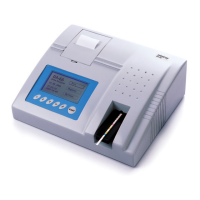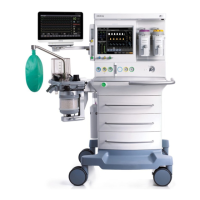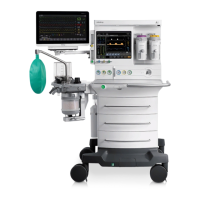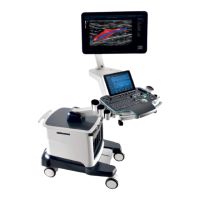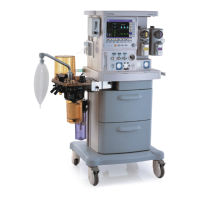8-1
8 Monitoring ECG
8.1 Introduction
The electrocardiogram (ECG) measures the electrical activity of the heart and displays it on
the patient monitor as a waveform and a numeric. For uMEC10, ECG monitoring provides 3-,
5-lead ECG monitoring, ST-segment analysis and arrhythmia analysis. For uMEC12 and
uMEC15, ECG monitoring provides 3-, 5- and 12-lead ECG monitoring, ST-segment
analysis and arrhythmia analysis.
8.2 Safety
WARNING
z Use only ECG electrodes and cables specified by the manufacturer.
z Make sure the conductive parts of electrodes and associated connectors for applied
parts, including the neutral electrode, should not contact any other conductive
parts including earth.
z Periodically inspect the electrode application site to ensure skin quality. If the skin
quality changes, replace the electrodes or change the application site.
z Use defibrillation-proof ECG cables during defibrillation.
z Do not touch the patient, or table, or instruments during defibrillation.
z This equipment is not suitable for direct cardiac application.
z To reduce the hazard of burns during high-frequency surgical procedure, ensure
that the monitor’s cables and transducers never come into contact with the
electro-surgery unit (ESU).
z The neutral electrode of the electro-surgery unit (ESU) shall properly contact the
patient. Otherwise, burns may result.
CAUTION
z Interference from a non-grounded instrument near the patient and electrosurgery
interference can cause problems with the waveform.
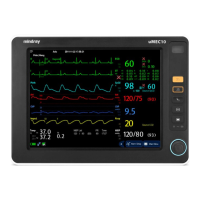
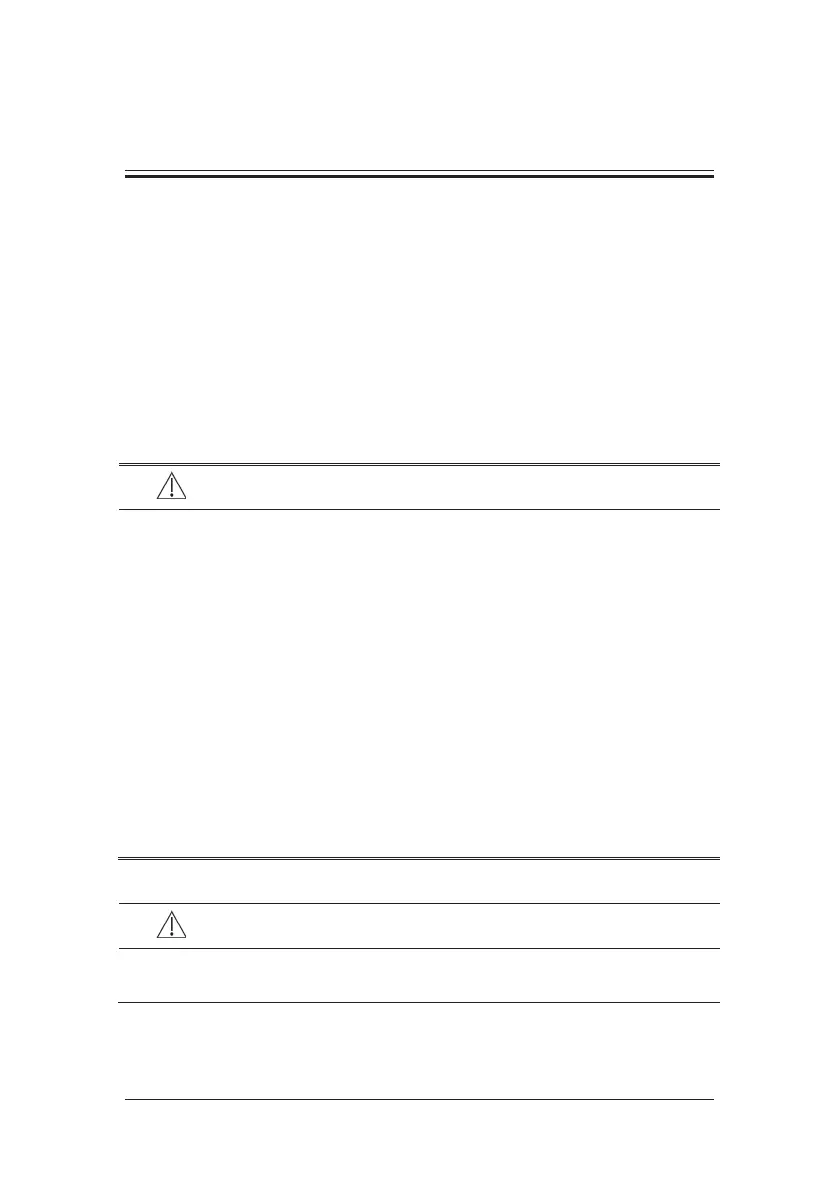